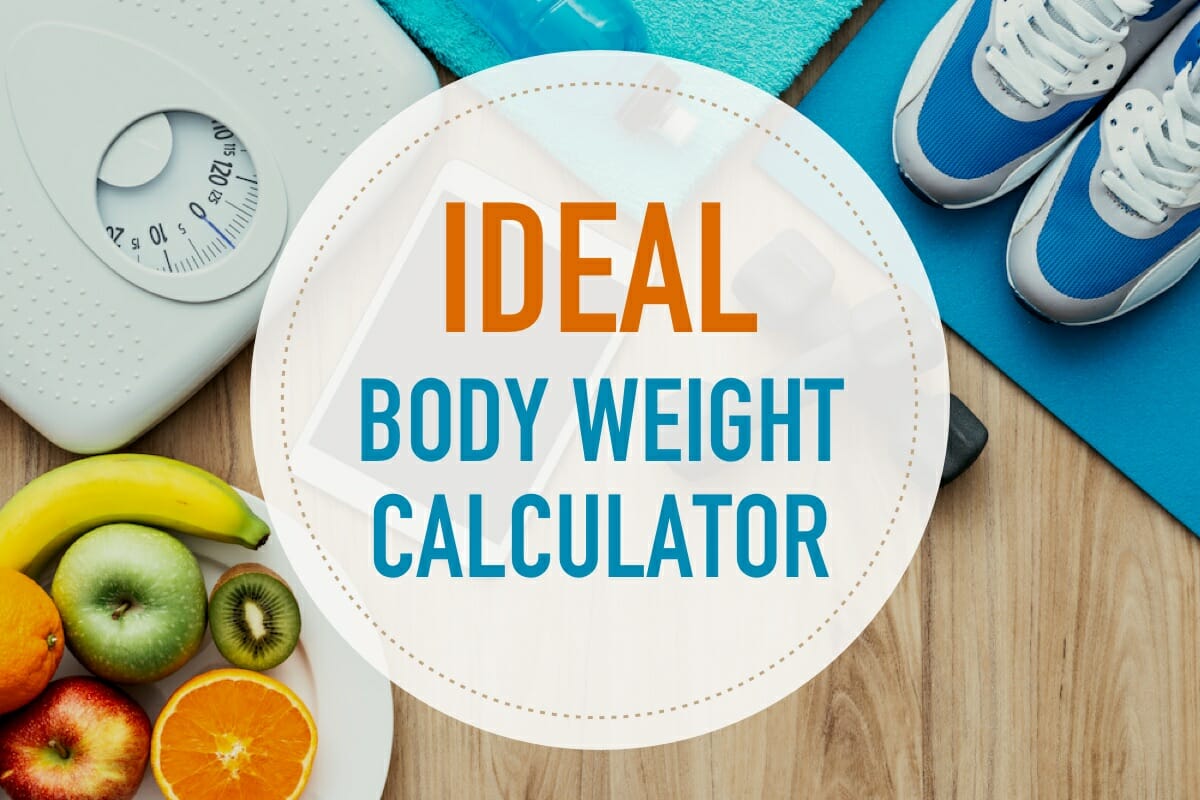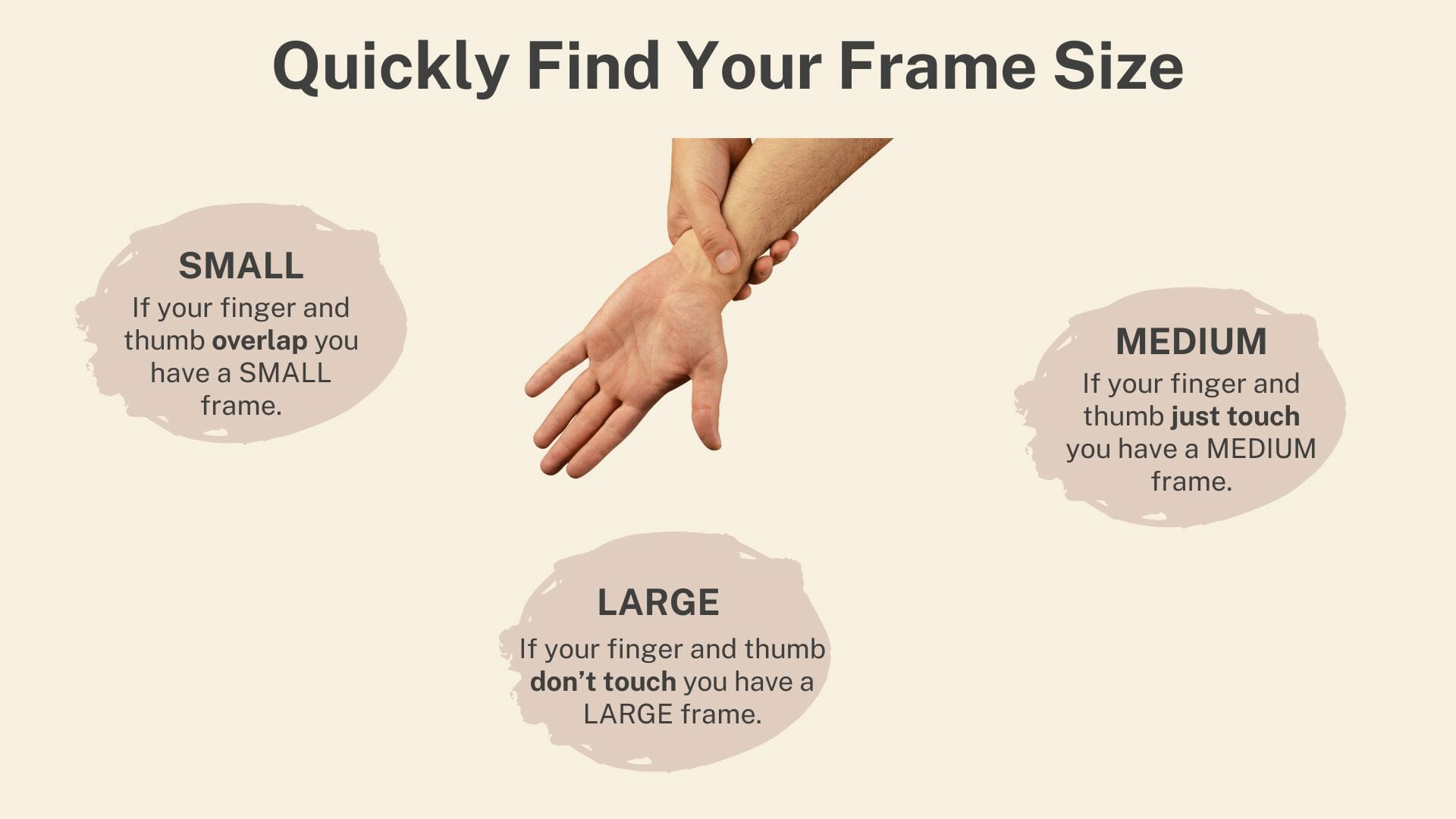Ideal Body Weight Calculator

Do you know what your optimum body weight should be for someone your height, frame size, and gender?
Use this precise body weight calculator to determine your ideal weight.
What is ideal body weight?
There is no one answer to this question as everyone’s ideal body weight will be different.
If you are significantly above your ideal weight, consider Found health which creates highly customized plans (including medication).
Formulas for finding the ideal weight
- The most common method of measuring body fat is the Body Mass Index or BMI.
- However, BMI does not take into account factors such as muscle mass, bone density, or body fat percentage. As a result, it is not always accurate.
- Other formulas, such as the Hamwi formula, the Robinson formula, and the Devine formula, take these factors into account and may be more accurate.
Pros and Cons of each formula
- Robinson
Uses gender to calculate ideal body weight. Lighter frames are given a lower ideal body weight than larger frames - Devine
Also uses gender to calculate ideal body weight. Does not consider frame size when calculating ideal body weight - Hemwi
Only uses height to calculate ideal body weight. Does not consider gender or frame size
These formulas cannot account for all individual differences, but they provide a good estimate of what is ideal for a person of your height.
The best way to determine your ideal weight is to speak with a doctor or nutritionist.
How to estimate your frame size
To identify your frame size use a measuring tape and the height chart below.
Women
| Height under 5’2″ |
| Small = wrist size less than 5.5″ |
| Medium = wrist size 5.5″ to 5.75″ |
| Large = wrist size over 5.75″ |
| Height 5’2″ to 5′ 5″ |
| Small = wrist size less than 6″ |
| Medium = wrist size 6″ to 6.25″ |
| Large = wrist size over 6.25″ |
| Height over 5′ 5″ |
| Small = wrist size less than 6.25″ |
| Medium = wrist size 6.25″ to 6.5″ |
| Large = wrist size over 6.5″ |
Men
| Height over 5′ 5″ |
| Small = wrist size 5.5″ to 6.5″ |
| Medium = wrist size 6.5″ to 7.5″ |
| Large = wrist size over 7.5″ |
No measuring tape? Use this method:

- If your finger and thumb don’t touch you are a LARGE frame.
- If they just touch you are a MEDIUM frame.
- If they overlap you are a SMALL frame.
Why Frame Size is important
Other ideal body weight calculators do not take frame size into account, which is a crucial aspect in obtaining an optimal body weight for someone your height.
The bulk of your skeletal structure is referred to as frame size. Those with higher bone mass will weigh more than those with less bone mass of comparable height. This, however, does not account for bone density.
For example, a 5’6″ woman who has a large frame size should weigh between 139-143 pounds, whereas a 5’6″ woman with a small frame should weigh 124-128.
Does ideal body weight depend on age?
There is no definitive answer to this question as everybody is different.
However, older people tend to have a higher ideal body weight than younger people.
This is because muscle mass and bone density tend to decrease with age, while body fat percentage often increases.
Differences between males and females of the same height
A male at a similar height to a female should weigh about 10-20% heavier.
How do I reach my ideal body weight?
- Establish a body transformation goal that’s appropriate.
- Use the macro calculator to determine how much you need to eat in order to achieve that goal.
- This calculator supports a flexible dieting strategy, which allows you to eat whatever you want as long as it fits within your macros.
- To improve your body composition, you need to lose fat and gain muscle.
Accelerate Your Diet and Fitness Goals with My Macro Solution System
Step-by-step self-guided program -or- fully customized personal macros coaching. Feel exhilarated as you conquer your goals!
MACRO COUNTING
- 130 page step-by-step guide.
- Achieve fat loss without starvation.
- Individually tailored to your body composition.
References
- Linda J. Vorvick, MD, Clinical Associate Professor, Department of Family Medicine, UW Medicine, School of Medicine, University of Washington, Seattle, WA. Also reviewed by David Zieve, MD, MHA, Medical Director, Brenda Conaway, Editorial Director, and the A.D.A.M. Editorial team. Link
- Robinson, J. D., Lupkiewicz, S. M., Palenik, L., Lopez, L. M., & Ariet, M. (1983). Determination of ideal body weight for drug dosage calculations. American Journal of Health-System Pharmacy, 40(6), 1016-1019. Link
- McCarron, Margaret M., and Ben J. Devine. "Clinical Pharmacy: Case Studies: Case Number 25 Gentamicin Therapy." Drug Intelligence & Clinical Pharmacy 8.11 (1974): 650-655. Study Link
- Pai, M. P., & Paloucek, F. P. (2000). The origin of the “ideal” body weight equations. Annals of Pharmacotherapy, 34(9), 1066-1069. Study Link

 Calorie Deficit Calculator
Calorie Deficit Calculator Body Recomposition Calculator
Body Recomposition Calculator Macro Calculator
Macro Calculator Calories Burned Calculator
Calories Burned Calculator Keto Macro Calculator
Keto Macro Calculator